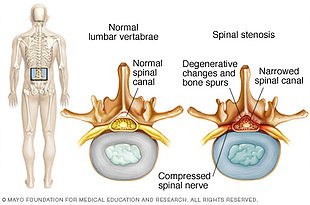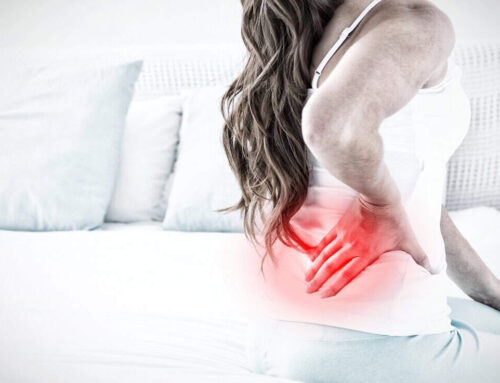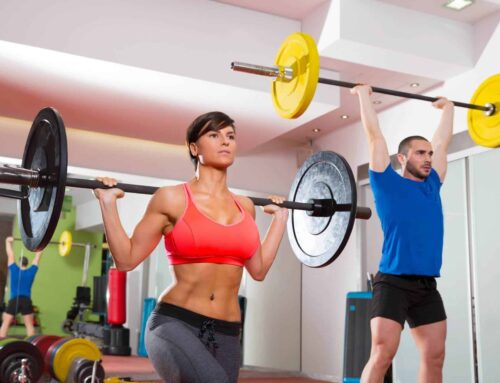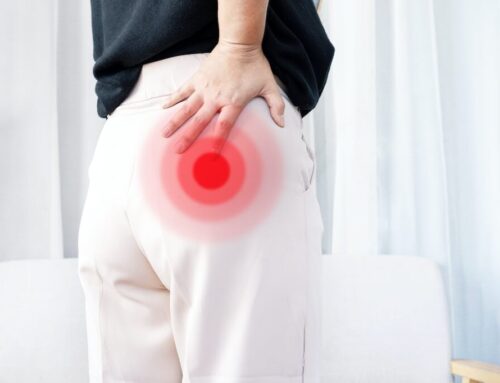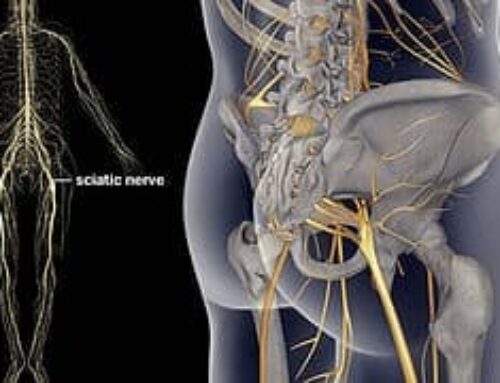It’s important to be able to distinguish back pain and sciatica that come from spinal stenosis vs. from herniated discs. As a cause of back pain and sciatica, disc herniation can cover a wide range of people because of the heavy lifting, or lifting incorrectly, that often leads to the injury. Today’s topic of spinal stenosis is a bit different because it is caused by long term changes to the spine due to wear, tear, and arthritis.
Spinal stenosis occurs when bone spurs and arthritic changes develop in the vertebrae that lead to a narrowing of space for nerves and the spinal cord to pass through. This tightening of gaps leads to increased pressure being placed on the nerves as they get compressed between the disc and the bony vertebra. As more and more pressure gets put on the nerve, the signals from the spinal cord to the leg begin to get interrupted and numbness, burning, and pain can occur. Imagine a garden hose being gradually pinched by a slowly moving wagon wheel; the person at the end of the hose might not notice a change in the water flow until the wheel is just about crushing the hose.
Just like with disc herniation, stenosis can look bad on x-ray or MRI images, but if there are no symptoms people can go about their lives without knowing it’s there. Because it takes a lot of time for the bone spurs and arthritis to develop, stenosis affects mostly people over 50. Signs that back pain & sciatica symptoms may be caused by spinal stenosis include:
-
Worsening pain with walking or standing up straight
-
Worsening pain with lying flat on the back
-
Worsening pain with twisting or side-bending towards a certain side
-
Decreased pain with sitting down
-
Decreased pain when lying on the back with the legs supported
-
Decreased pain when bending forward
Similar to with disc herniation, exercise and physical therapy won’t fix the structure of spinal stenosis and its arthritic changes. Exercises and PT for spinal stenosis aim to take pressure off of the nerves and joints in the spine by increasing strength to the spinal stabilizers and muscles of your core leading to increased flexibility and lasting relief.
These exercises will be covered soon following our post on the 3rd common cause of Back Pain & Sciatica!
____________________________________________________
Check back for Part 4 which will be covering the 3rd cause highlighted in this series: Sacroiliac Joint Dysfunction. We will cover the basic anatomy of the injury and how to know if you fit in this category.
And don’t miss our upcoming FREE Back Pain & Sciatica Workshop if you know of anybody that can benefit from finding relief from this common disorder!


